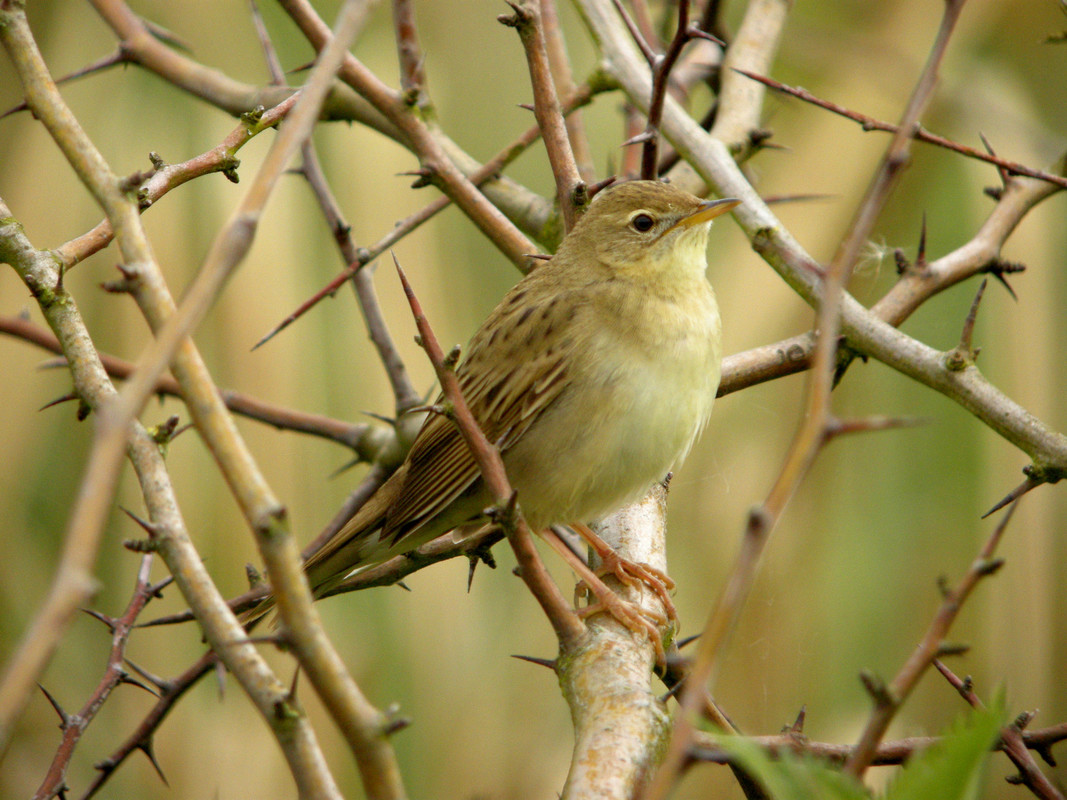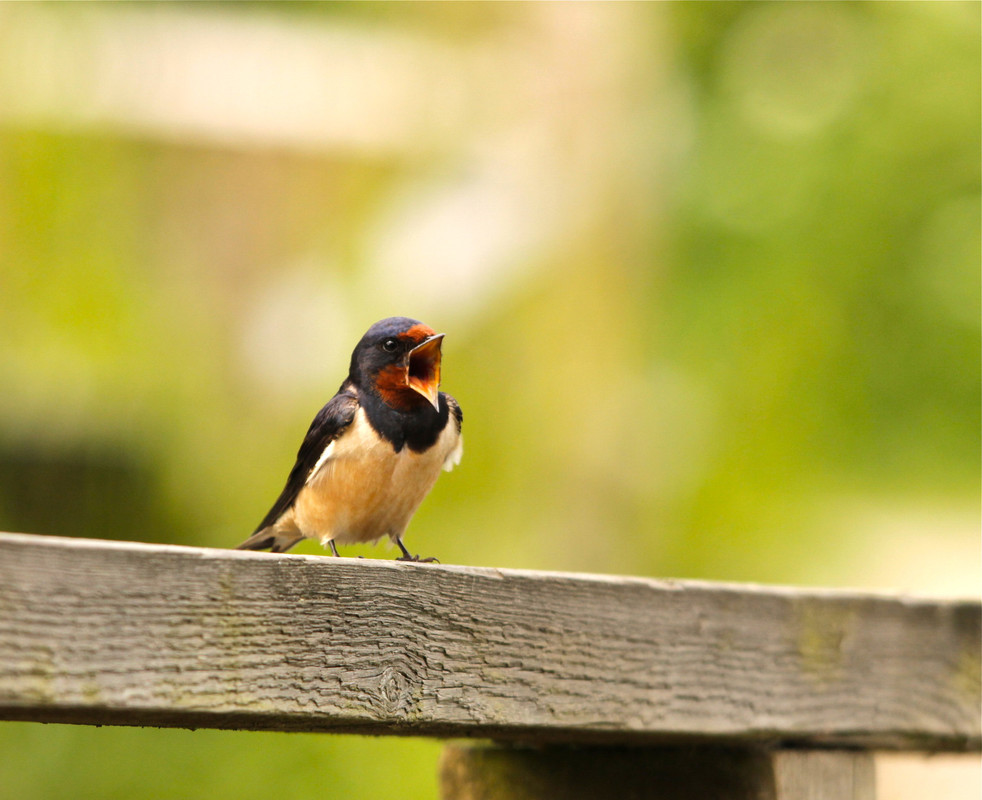Wildlife sightings for 27th June 2016
1 Peregrine - perched on hospital
4 Common Tern - main lake, reservoir lagoon
1 Kingfisher - sheltered lagoon
20 House Martin - main lake
June bird highlights: Little Bittern, Garganey, Shelduck, Little Egret, Hobby, Red Kite, Spotted Redshank, Oystercatcher, Ringed Plover, Golden Plover, Green Sandpiper, Ringed Plover, Common Tern, Yellow-legged Gull, Little Gull, Mediterranean Gull, Kingfisher, Yellow Wagtail, Whinchat.
There has been some good spring migration on the reserve with sightings of Oystercatcher, Black-tailed Godwit, Ring Ouzel, Swallow, Sand Martin, Garden Warbler, Wheatear, Reed Warbler, Sedge Warbler, Chiffchaff, Whitethroat, Lesser Whitethroat and Willow Warbler to name just a few migrants. Lapwings and Redshanks are displaying and nesting across the Grazing Marsh, Wader Scrape and Main Lake. The Grazing Marsh water level has been gradually drawn down since early March to establish plenty of muddy margins, attracting various passage birds. Look across the Grazing Marsh and Thames Bank for Yellow Wagtails feeding around the feet of the two Highland and four Dexter Cattle, along with other possible migrants including Wheatear, Meadow Pipit, Water Pipit, Whinchat and Ring Ouzel.
Bird ringing CES surveys started in May; there have been some fine records to date, including species such as Song Thrush, Sedge Warbler and Reed Bunting. More unusual records have included Sparrowhawk, Jay and Whinchat. Sand Martin young are also being monitored; so far 40+ holes have been used so far this year, which is more than double that of last year. Many nests have already successfully fledged.
Breeding Birds: Little Ringed Plover (Schedule 1), Lapwing and Redshank on islands, scrapes and marshes; Black-headed Gulls and Common Terns on islands / rafts; Kingfisher (Schedule 1) in artificial bank on Sheltered Lagoon; Sand Martin in Sand Martin Bank; UK BAP priority passerine species holding territories, including Dunnock, Song Thrush and Reed Bunting; UK scarce breeding birds including Cetti’s Warbler (Schedule 1); and summer visiting warblers: Blackcap, Chiffchaff, Whitethroat, Sedge Warbler and Reed Warbler. Garden Warbler and Lesser Whitethroat have also been heard singing during the first half of May.
Bats: species of bat recorded on site has included abundant activity of Soprano Pipistrelle (UK BAP priority species); other species have included Common Pipistrelle, Nathusius’ Pipistrelle (UK rare), Noctule (UK BAP priority species), Leisler’s Bat (UK rare) and Daubenton’s Bat. During the May survey, the bat team recorded some lively foraging activity of both Nathusius’ Pipistrelle and Leisler’s Bat in the south-east quadrant of the reserve.
Reptiles: Grass Snake (UK BAP priority species), Common Lizard, Slow Worm (UK BAP priority species); surveys have continued throughout April and May. The non-native Red-eared and Yellow-bellied Slider Terrapins still make occasional appearances e.g. on the Wader Scrape.
Plants: May is an exciting time for the flora on site. The first of the orchids come into flower: Southern Marsh Orchid and Bee Orchids are now in flower mid May and end of May respectively. Common Twayblade is also now in flower in its usual solitary spot in Explore. Searches for more twayblades in coppice areas around the Sheltered Lagoon have thus far proved unsuccessful – so any new records would be very exciting. However, these searches show that several young plants of Broad-leaved Helleborine are emerging from the litter. Deptford Pinks are now in flower beside the Theatre, with half a dozen plants now showing and more to come. Solomon’s-Seal and Lily-of-the-Valley have also been evident along the pedestrian pathway running across the Entrance Lake. Other rare / scarce plants of interest in VC Surrey or Greater London, seen recently / currently in flower, include Purple Willow (wildside), Wild Service-tree (wildside), Meadow Clary (283 Bus Roundabout), etc.
Amphibians: Smooth Newts are still to be found displaying in ponds and pools around the reserve – good numbers in the Dragonfly, Bog Garden and Sheltered Lagoon ponds; over 100 newts have been recorded in April and May. At the end of the May bat survey, the bat survey team took the opportunity to look for newts in the Bog Garden pond. A dozen newts were seen that evening, mainly females, with one female seen egg-laying on water plants in the pond. Also reports of newts present in the Otter Enclosure – that is on the north side of the exhibit which is inaccessible to our hungry otters.
Fish: x2 one metre length silver Eels (UK BAP priority species) have been seen taken by Grey Herons.
Butterflies and day-flying Moths: Brimstone > Small White> Holly Blue, Orange Tip > Green-veined White > Peacock > Yellow-banded Longhorn, Speckled Wood, Large White, Common Blue > Small Tortoiseshell, Burnet Companion > Small Yellow Underwing.
Dragonflies and Damselflies: Azure Damselfly > Blue-tailed Damselfly > Common Blue Damselfly > Large Red Damselfly > Hairy Hawker
Moths: although the weather has not been too conducive for moth trapping, one or two new moth species have been recorded for the site; early trapping sessions in May picked up the first of the hawk-moths, and searches by Martin Honey has revealed a species of micro-moth that could be the first ever conclusive record for the species in the recording Vice County of Surrey.
Bees: Tree Bumble Bee, Large Red-tailed Bumble Bee, Early Bumble Bee, Buff / White-tailed Bumble Bees, Common Carder Bee, Tawny Mining Bee, Early Mining Bee, Clarke’s Mining Bee, Grey-patched Mining Bee, Red Mason Bee, Hairy-footed Flower Bee and Honey Bee. A new species record for the site includes the wasp-like Gooden’s Nomad Bee.
Beetles and Bugs: ladybirds often seen in May include increasing numbers of the 7-spot Ladybird and the non-native Harlequin Ladybird; new ladybird sighting for the year has been the 16-spot Ladybird (a rather small species); Violet Ground Beetle and Devil’s Coach Horse Beetle have also been reported; Ox-eye Daisy is a great place to look for flower beetles, which includes the emerald Swollen-thighed Beetle and the much smaller sage-green Oedemera lurida; the appearance of the impressive emerald-green Rose Chaffer would suggest that our biggest beetle – the Stag Beetle – must surely appear on the wing before too long; at this time of year, take a look at patches of Cow Parsley for the leaf beetle Chrysolina oricalcia; a flash of emerald green scampering across the Overflow Car Park track proved to be a male Harpalus affinis; another new species for the site is Cryptocephalus moraei found on Perforate St John’s-wort; the Water Figwort on site is a great place to see the Figwort Weevil; look out for the Juniper Shield Bug on female Juniper bushes in World Wetlands; search hard and you might come across stiltbugs lurking amidst the grassland.

